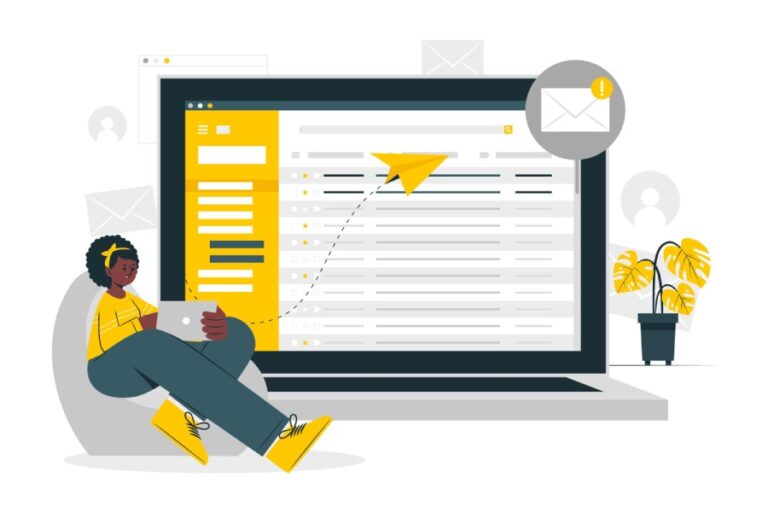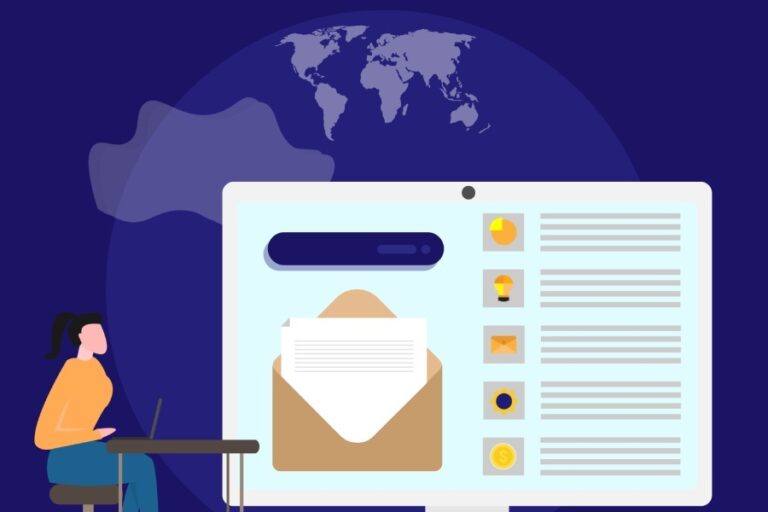It was not long ago when Google and Yahoo revamped their email-sending policies and made DMARC authentication a mandatory exercise for organizations sending more than 5,000 emails a day. The aim of these mail service providers was simple— to build a cyber-resilient digital ecosystem. Recently, another major ESP— Microsoft, jumped the bandwagon and announced that it will now take even more proactive steps to make the inboxes more safe and secure.
Let us take a look at Microsoft’s new policy updates and what they mean for your business.
What is Microsoft’s New Strategic Move All About?
Email-based cyberattacks like phishing, spoofing, and ransomware are at an all-time high. What’s worse is that these attacks spare no one, whether it is a big organization or a small business; the moment the attackers spot a lucrative opportunity, they shoot their shot. To tackle this plague and create a safe environment for its users, Microsoft has decided to follow the same route as its counterparts– Google and Yahoo, and implement stronger email authentication practices. This move shows their commitment to making email a secure communication channel and improving email deliverability.

Here’s what you should know about the new update:
Joining Forces with Industry Leaders
By aligning with the latest email-sending policies laid out by Google and Yahoo in October 2023, Microsoft strives for near-global adoption of email authentication requirements for both consumer and enterprise mailboxes. Although we do not have a deadline yet, Microsoft has indicated that it is a matter of ‘when’ and not ‘if,’ making it abundantly clear that these new policies are imminent. That is to say, businesses sending consumer emails will need to comply with these new standards.
Mandatory Implementation of Email Authentication Protocols
In this policy update, Microsoft has further tightened its requirements to ensure enhanced email security. For an email to pass through, it is now a requirement for the sender organization to implement Sender Policy Framework (SPF) and DomainKeys Identified Mail (DKIM), along with Domain-based Message Authentication, Reporting, and Conformance (DMARC) for their domain. This is, perhaps, one of the most significant updates of them all. By simply authenticating sender domains with these protocols, Microsoft aims to significantly reduce the risk of email-based attacks, protecting both businesses and their consumers from potential cyber threats.
Stricter DMARC Enforcement with p=quarantine or p=reject
Microsoft recognizes that simply asking organizations to authenticate their domains with DMARC won’t suffice, especially in this ever-evolving threat landscape. This is why the ESP is now encouraging senders to move towards policies like p=quarantine and p=reject. These policies ensure that emails failing DMARC checks are either sent to the spam folders (quarantine) or blocked completely (reject). While Microsoft hasn’t provided a specific timeline, they have indicated that this enforcement is inevitable.
Regular Maintenance of DNS Records
From directing your emails to the correct destinations to verifying the legitimacy of your email domains, DNS does it all! Considering DNS is such an integral aspect of your email ecosystem, it is crucial to keep it up-to-date and the new update of Microsoft expects you to do the same. To this end, make sure that you have valid DNS records and that you follow the recommended configurations.
Maintain a Low Spam Rate
Microsoft wants you to maintain a good sender reputation among your clients, which is why it has introduced measures to help you keep your spam rate low. To achieve this, you have to send only relevant and valuable content and regularly clean your email list to remove inactive or unengaged recipients.
How Will It Impact Your Business?
If your organization relies on email to communicate with your clients and potential customers, Microsoft’s new update is for you! As you know, simply sending out emails to your audience won’t do any good to your business. It is only when your emails reach the right audience and are perceived as trustworthy that they can be effective. To make that happen and prevent your emails from being marked as spam, you must deploy DMARC and other email authentication protocols. Moreover, by doing this, you can protect your brand from being spoofed or impersonated by malicious actors.
After Google and Yahoo, now that Microsoft has also adopted these stringent email authentication measures, email communication is all set to become more secure! But let’s face it, embracing these changes might not be as easy as it sounds. But with the right support by your side, you can meet these requirements without any fuss. Our team at AutoSPF recognizes the ever-evolving trends of the industry and is dedicated to helping you navigate these updates smoothly.
Are you committed to protecting your organization from email spoofing and improving email deliverability? You can trust us to meet the new requirements and maintain your brand reputation. Contact us today to get started!



